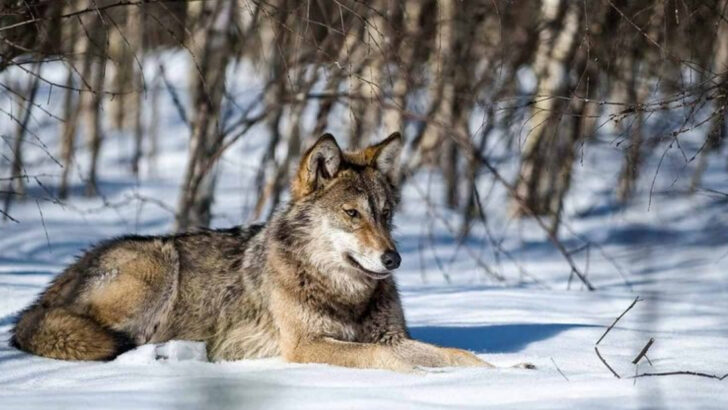Italy’s native wolves once vanished—now they’re making a comeback like legends out of a ghost story.
These aren’t fairy-tale creatures lurking in forests. They’re real, wild, and tougher than you think. From dodging extinction to roaming the same mountains as ancient Roman armies, these wolves are stitched into the country’s past—and its future.
They howl across the Apennines. They cross highways like shadows. They survive in places no one thought possible.
And no, they’re not just gray, furry dogs with attitude. Italy’s wolves are full of surprises—smart, social, and not afraid to shake up what you think you know about predators. Ready to meet them? Let’s go.
The Ancient Lineage

The Italian wolf, Canis lupus italicus, traces its lineage back thousands of years, surviving the Ice Age and adapting to the diverse Italian landscape. This ancient connection to the land is imprinted in their DNA, showcasing a perfect blend of history and evolution. Their keen eyes and sharp instincts have been honed over millennia, allowing them to thrive in various environments. While modern threats loom, their rich ancestry serves as a testament to their resilience and adaptability. Explore their world and uncover the secrets of their survival across the ages.
Masters of Camouflage
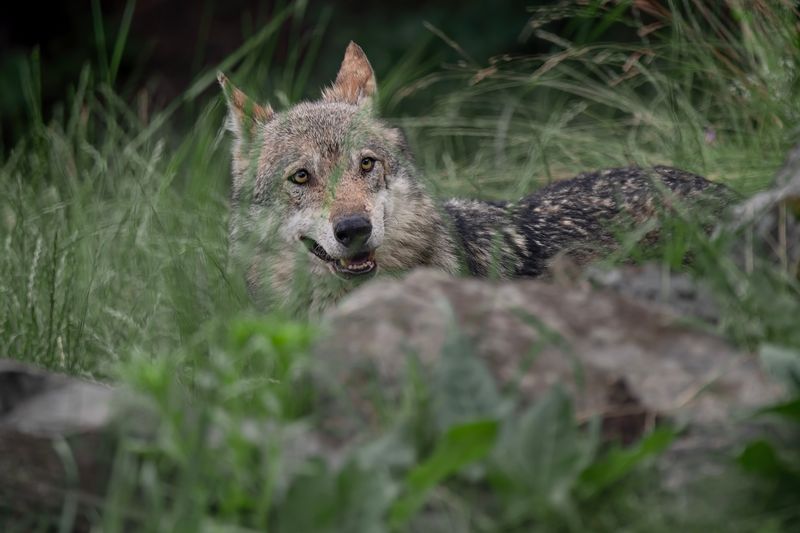
Among the dense foliage of Italy’s forests, the Italian wolf displays remarkable camouflage abilities. Their fur, a mix of grays and browns, mimics the natural surroundings, making them almost invisible to the untrained eye. This stealthy adaptation not only aids in hunting but also offers protection from potential threats. Beyond mere survival, their camouflage plays a vital role in maintaining the delicate balance of the ecosystem, proving that nature’s design is both functional and beautiful. Witness the art of nature’s disguise in these enigmatic creatures.
A Melodious Howl
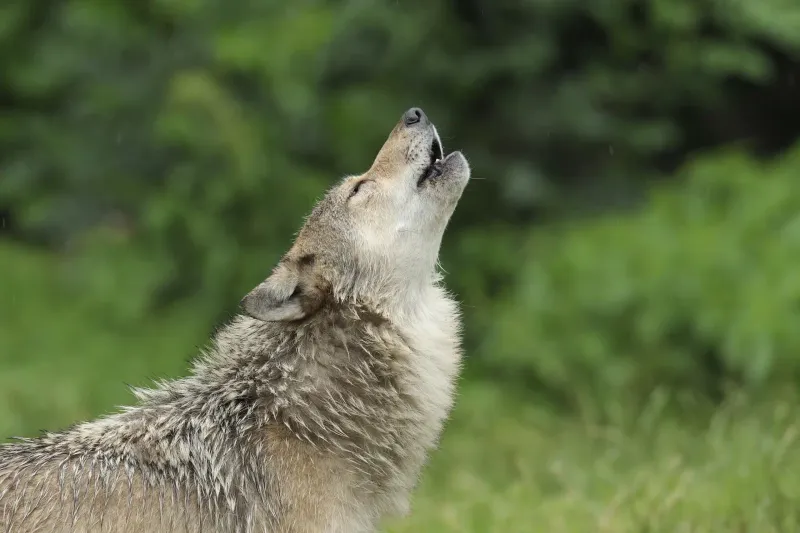
The haunting howl of the Italian wolf is more than just a call; it is a symphony of communication that echoes through the valleys and hills. These vocalizations serve as a tool for bonding, territory marking, and coordination during hunts. Each howl is unique, conveying messages that only fellow pack members can decipher. The sound connects them to their ancestors, resonating with the wild spirit that has endured through generations. Experience the melodic nature of their calls, a testament to their complex social structure and communication skills.
Social Structures

The social life of Italian wolves is a tapestry woven with loyalty, hierarchy, and cooperation. Packs are structured around a dominant alpha pair, with each member playing a specific role in the group’s survival. This intricate social network is crucial for successful hunts and rearing of young. A harmonious pack ensures stability and efficiency, reflecting the beauty of organized coexistence. Intriguingly, their social dynamics mirror aspects of human communities, with bonds that are as deep as they are essential. Dive into the complex world that defines their existence.
Guardians of Biodiversity
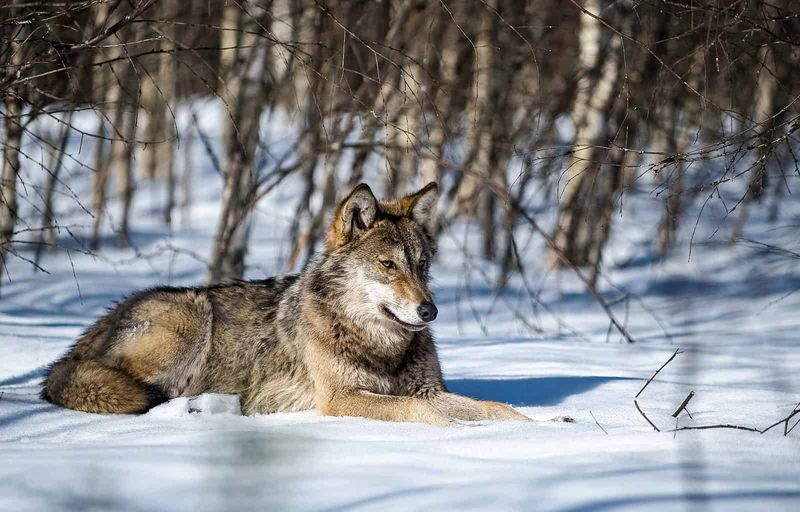
Italian wolves are not just predators; they are custodians of ecological balance. By regulating prey populations, they help maintain healthy forests and grasslands. Their presence ensures that no single species dominates the environment, promoting a diverse array of plant and animal life. This role as guardians of biodiversity is a testament to their importance in the ecosystem. Their survival is intertwined with the health of Italy’s natural landscapes, reminding us of the delicate balance that sustains life. Discover their essential contribution to nature’s intricate web.
The Art of Survival

In the face of adversity, Italian wolves epitomize the art of survival. Adaptable and resourceful, they navigate Italy’s challenging terrains with grace and cunning. Whether traversing snow-capped mountains or dense forests, their ability to find food and shelter showcases their survival prowess. Human encroachment and environmental changes test their resilience, yet they persist, a symbol of nature’s undying spirit. The story of their survival is one of perseverance, illustrating the ongoing struggle and triumph of wildlife in a rapidly changing world.
Dietary Adaptations
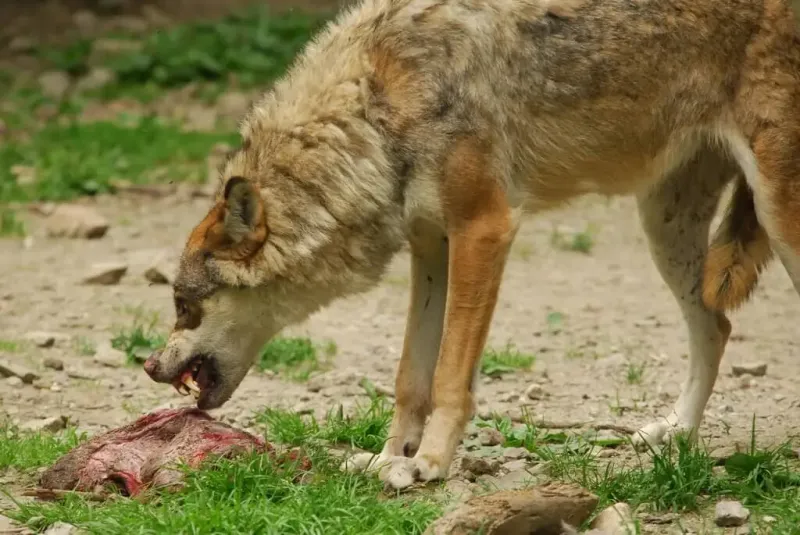
With a diet as varied as the landscape they inhabit, Italian wolves are true omnivores. Their meals range from deer and boar to berries and insects, showcasing their adaptability. This dietary flexibility allows them to thrive in diverse habitats, from lush forests to rocky hills. Such varied tastes reflect their evolutionary success, enabling them to endure when prey is scarce. This adaptability not only ensures their survival but also aids in the maintenance of environmental equilibrium. Explore the fascinating dietary habits that sustain these versatile predators.
Cultural Significance
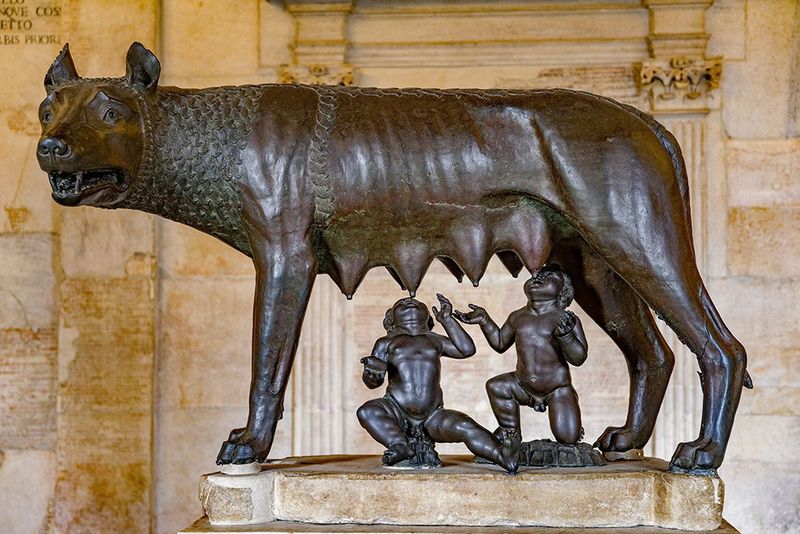
Wolves hold a storied place in Italian culture, revered and feared across centuries. From ancient Roman mythology to modern folklore, they symbolize strength, cunning, and wilderness. Legends like the she-wolf that nurtured Rome’s founders, Romulus and Remus, highlight their mythical significance. This cultural reverence underscores a complex relationship between humans and wolves, blending admiration with fear. As living symbols of Italy’s wild heart, they inspire both art and conservation efforts. Embark on a journey through history to understand their enduring legacy in Italian culture.
Seasonal Movements
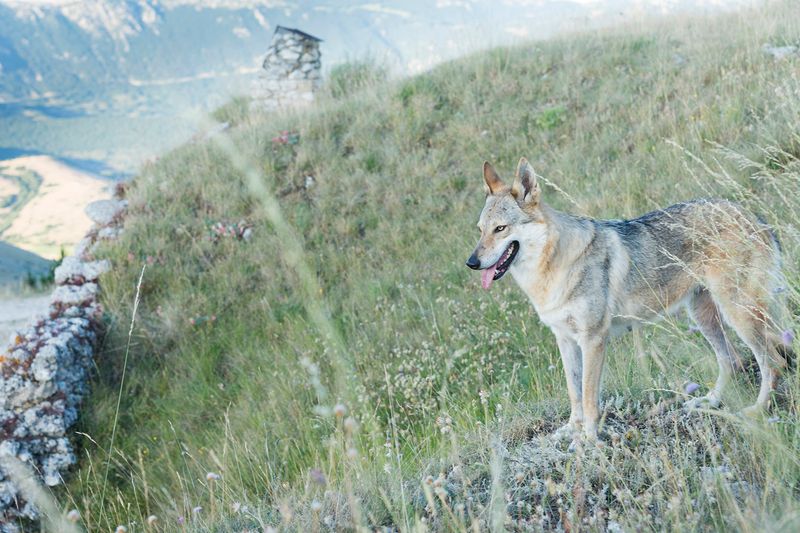
Seasonal changes dictate the rhythm of life for Italian wolves. As temperatures shift, so do their movements, with packs often migrating to find food and optimal conditions. This seasonal dance is essential for their survival, reflecting the cyclical nature of wilderness life. Winter may push them to lower altitudes, while spring invites exploration of new territories. These migrations ensure genetic diversity and resource availability, weaving a dynamic pattern through Italy’s ecosystems. Observe the annual journey of these wolves, a testament to nature’s ever-changing tapestry.
The Lone Wanderers
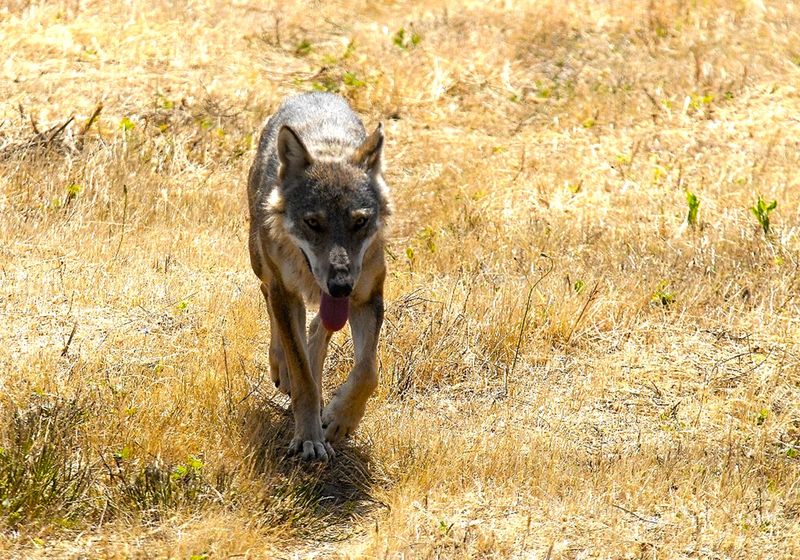
Not all Italian wolves travel in packs; some become lone wanderers, embracing solitude as a way of life. These solitary wolves often venture far from the pack to establish new territories or find mates. Their journeys are fraught with challenges, yet this independence also brings opportunities for discovery and growth. The lone wolf’s path is one of courage and resilience, embodying the balance between solitude and community. Witness the unique tales of these solitary paths, offering a different perspective on the life of an Italian wolf.
The Role of Scent
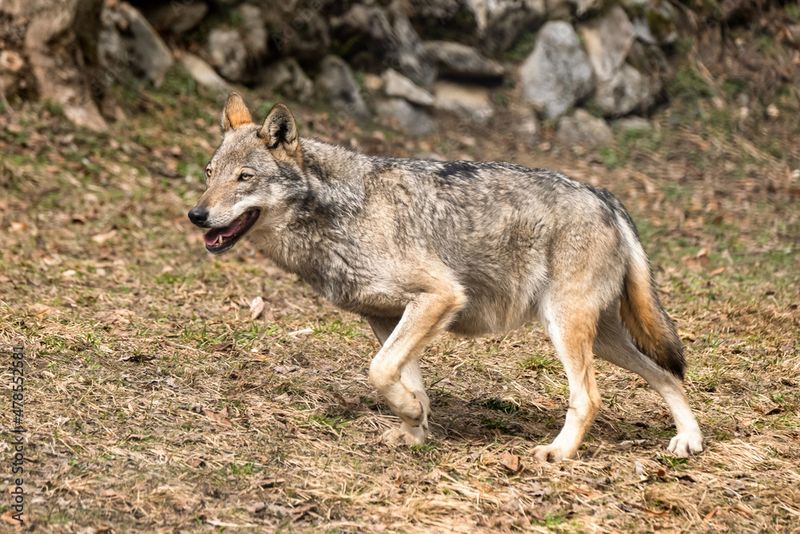
Scent plays a pivotal role in the life of an Italian wolf, a tool for communication and territory marking. Through scent glands and strategic markings, wolves convey complex messages about identity, status, and boundaries. This olfactory language is crucial for maintaining social order within packs and avoiding conflicts with other wolves. The intricate scent trails they leave are like written notes, guiding interactions and movements. Explore the fascinating world of wolf communication through scent, a testament to the sophisticated social structures in the wild.
Conservation Efforts
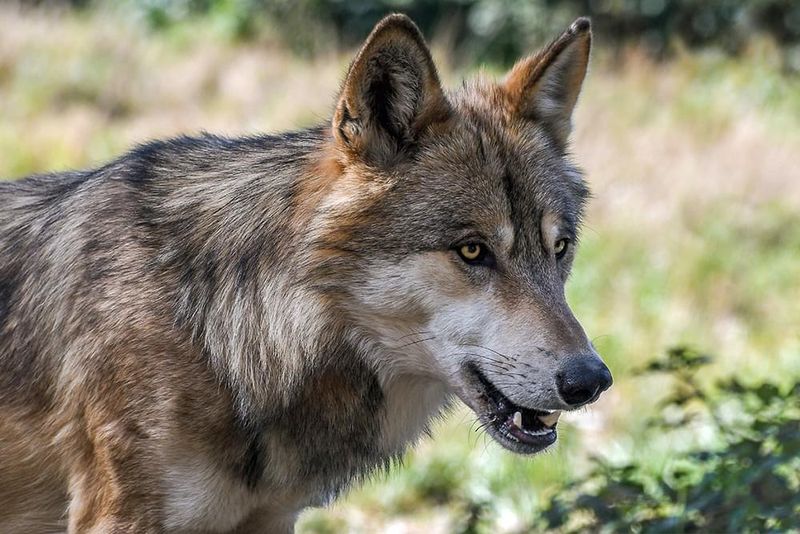
Conservation efforts for Italian wolves are as dynamic as the creatures themselves. Habitat protection, legal safeguards, and public awareness campaigns are vital to their survival. These initiatives aim to balance human-wildlife coexistence, reducing conflicts and fostering understanding. Conservationists work tirelessly to monitor populations and preserve genetic diversity, ensuring a future for these magnificent animals. Despite challenges, their work is a beacon of hope, demonstrating the power of collaboration in preserving nature’s wonders. Delve into the conservation strategies that aim to secure a future for the Italian wolf.
Puppyhood Adventures
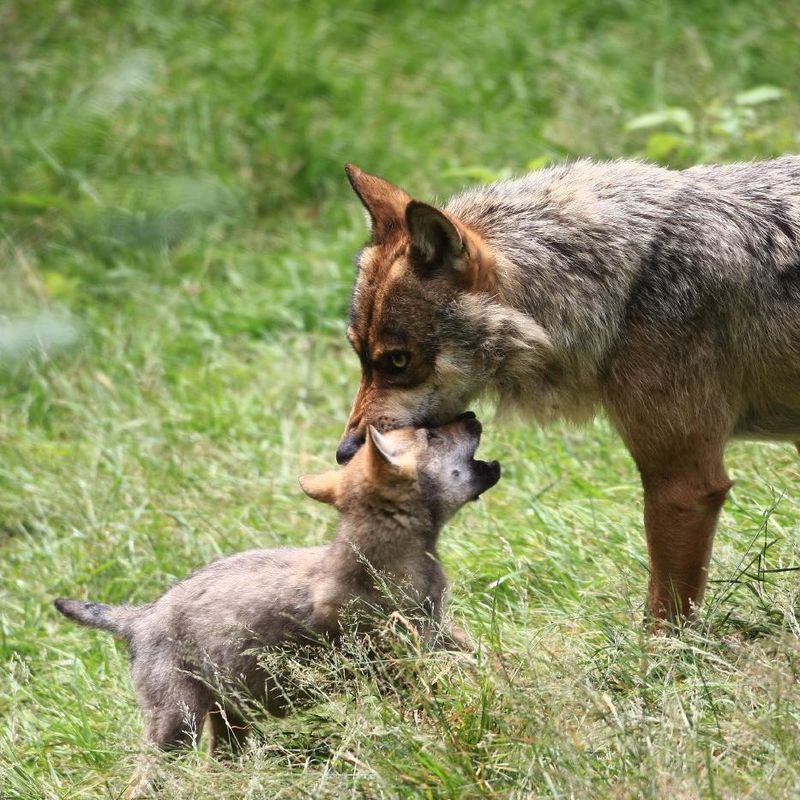
The early life of an Italian wolf pup is filled with playful learning and exploration. Under the watchful eyes of their parents, pups embark on adventures, understanding the world around them. Play is crucial for their development, teaching skills essential for survival. The meadow becomes a classroom, where instincts are sharpened and bonds are formed. These early experiences shape their personalities, preparing them for the challenges of adulthood. Witness the joy and curiosity that define puppyhood, a time of growth and discovery in the wild.
The Impact of Climate Change
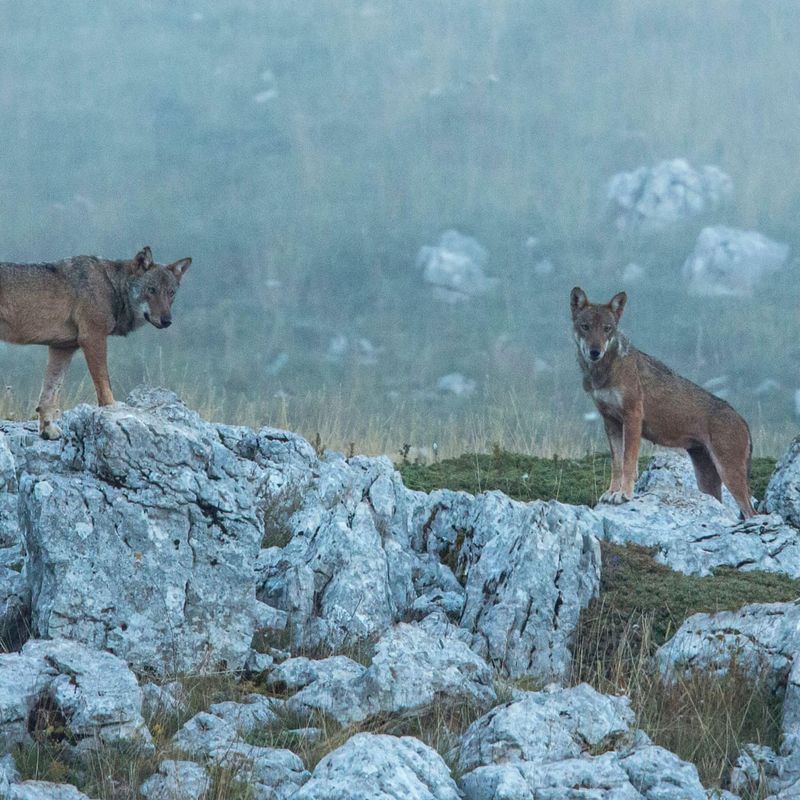
Climate change poses significant challenges for the Italian wolf, altering habitats and food availability. Rising temperatures and shifting weather patterns disrupt their traditional territories, forcing adaptations and migrations. These changes threaten not only their survival but also the delicate balance of ecosystems. As apex predators, wolves are indicators of environmental health, and their struggles highlight broader issues facing wildlife. Understanding and mitigating these impacts are crucial for preserving their existence. Explore how climate change is reshaping the world of the Italian wolf and the efforts to protect them.
The Mythical Aura
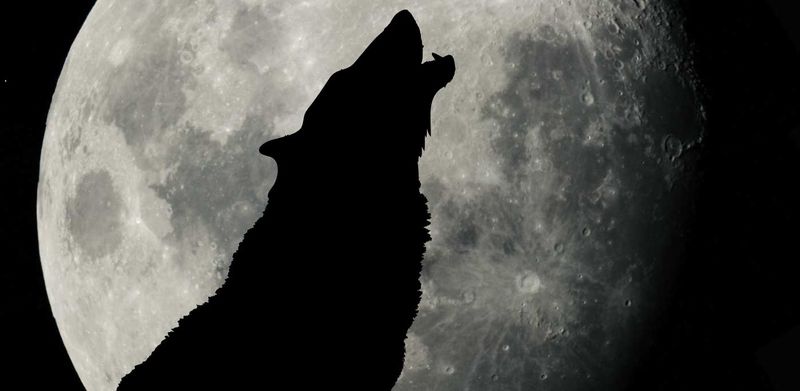
The Italian wolf is steeped in myth and magic, a creature of legend that continues to captivate imaginations. Under the glow of a full moon, their presence evokes tales of mystery and enchantment. These stories, woven into the fabric of folklore, paint them as both feared and revered. Such mythical allure fuels fascination and inspires efforts to understand and protect them. Dive into the legends that have shaped perceptions of wolves, exploring the mystical aura that surrounds these magnificent creatures. Unravel the threads of myth that connect past and present in their enduring saga.

